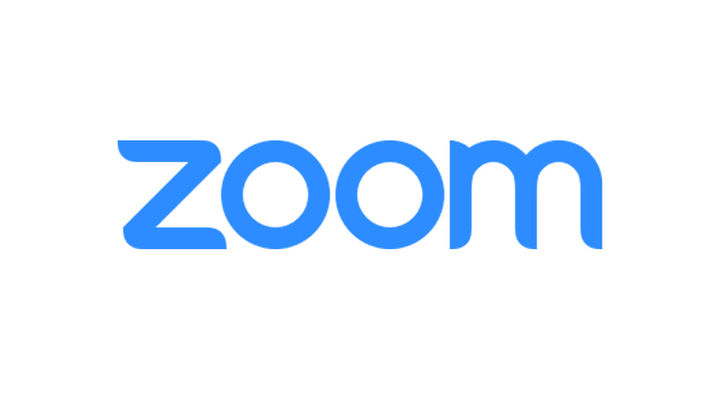
With so many kids and office people using the Zoom system we thought we would give a low down on the specification of the Zoom stream.
Many people are having trouble with the Zoom streams if they have DSL internet from the phone company. The reason for this is the speed packages that DSL can provide are not enough to run the HD video streams in Zoom. Most DSL packages are somewhere around 12 or 15 meg down and about 1 meg up. This is a limitation due to the equipment and copper telephone line distance from the phone company equipment to your home.
There is only one thing the phone companies can do other then convert everyone to fiber feeds. Some DSL customers can get "Bonded DSL Service" This is a option where the phone company runs a 2nd DSL circuit to your home and then bonds them together at the Phone Company Central Office and with a special "Bonded DSL Modem" at the house. This will not double your speed, but it will come pretty close.
Here is an example of some of the problems that are happening:
Our local school has everybody online with video at 9am, If you have 2 or more kids checking in via video it will have trouble...
The reason some families that are on DSL have more problems with this is they may have more then 1 child in the Zoom system at a time.
These specs below are for 1:1 video sessions and for just 1 user.
Group sessions use more bandwidth speed.
- The Zoom video stream in standard definition uses a minimum of .6 meg. that's 600KBPS.
- If you have your Zoom setup to use 720p video it will take up to 1.2 Mbps upload.
- And 1080p will take up to 1.8 Mbps.
Most DSL service only offers around 1.1Mbps......
I would try to lower the Zoom video stream to its lowest quality to help with this problem.
Below is taken from the Zoom website!
Bandwidth requirements
The bandwidth used by Zoom will be optimized for the best experience based on the participant‘s’ network. It will automatically adjust for 3G, WiFi, or wired environments.
Recommended bandwidth for meetings and webinar panelists:
- For 1:1 video calling:
- 600kbps (up/down) for high-quality video
- 1.2Mbps (up/down) for 720p HD video
- Receiving 1080p HD video requires 1.8Mbps (up/down)
- Sending 1080p HD video requires 1.8Mbps (up/down)
- For group video calling:
- 800kbps/1.0 Mbps (up/down) for high-quality video
- For gallery view and/or 720p HD video: 1.5Mbps/1.5Mbps (up/down)
- Receiving 1080p HD video requires 2.5Mbps (up/down)
- Sending 1080p HD video requires 3.0Mbps (up/down)
- For screen sharing only (no video thumbnail): 50-75kbps
- For screen sharing with video thumbnail: 50-150kbps
- For audio VoiP: 60-80kbps
- For Zoom Phone: 60-100kbps
Recommended bandwidth for webinar attendees:
- For 1:1 video calling: 600kbps (down) for high-quality video and 1.2Mbps (down) for HD video
- For screen sharing only (no video thumbnail): 50-75kbps (down)
- For screen sharing with video thumbnail: 50-150kbps (down)
- For audio VoiP: 60-80kbps (down)